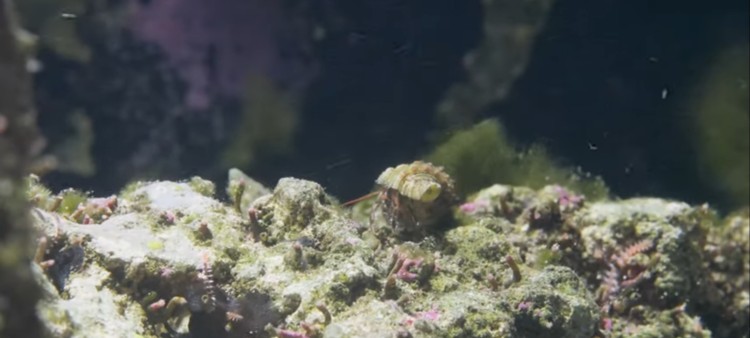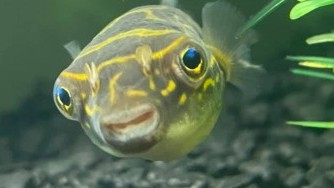How Do Hermit Crab Choose Their Shells?
- Oct 18, 2021
- Anshika Mishra
- 432 0 0

Most reef tanks have Hermit Carbs in them, and for many of us, they are amongst the first live animals that we add. However, as part of a cleanup crew, sometimes we forget to take a moment to sit down and watch these interesting little crabs go about their lives. They are often colorful in their own right. They lead an active lifestyle amongst the rocks, nooks, and crannies in our reef tank.
In this article, we will be discussing all the Hermit carbs, especially how they go about selecting their new shells.
Hermit Crabs
Hermit crabs are part of the phylum Arthropoda, which includes all of the crustaceans and all the insects and spiders, all that kind of stuff. Hermit crabs are an interesting case, and they rely totally on the discarded shells of other animal snails for shelters.
They lost their hard exoskeleton on the back half of their body, leaving them completely unprotected when they are out of a shell. Hermit crabs also don't have the ability to kick a living snail out of a shell. Some crabs are known to do this, but Hermits have to wait for at least until the snail is dead.
Many of them have a finely tuned sensory ability that lets them detect dead snails from some distance away, and this helps them get first dibs on that shell.
Types of Shell
Now, there are two major types of snail shells in the ocean:
- A globular body like an Astri and Neurite snail
- A Conical shell like a Cirssus snail
In general, globular shells are better for getting around. Hermit crabs that need to travel great distances do it much better in a globular shell. On the other hand, the point conical shells are better for protection, if not a bit awkward to get around in. They have smaller openings called aperture, adn their thicker walls lead to much better protection against predators.
Their thin conical shape is also better for hermits that need to cling to a rock where waves might be breaking, like those living in the tide pool zones. Now, not all Hermit crabs live in tide pools. Though even in the intertidal read around them, Hermit crabs inhabit nearly every marine ecosystem from the seashore where we can explore on foot to the deepest trench at the bottom of the ocean.
Shells for Protection
Now, you might wonder, how does a deep-sea Hermit Crab get a shell to use for protection? Some of the species don't even use shells. They carry around an Anemone instead.
The paper points out that the selection between these two general types of shells seems to be very much a reaction to the environment that the clam lives in. the same species in crab living in the calm Mediterranean prefers a globular shell, while on the Atlantic coasts of France, they prefer conical shells. Sometimes, crabs almost barter for shells.
They come across another Hermit crabs, notice how totally awesome its shell is, and work out between the crabs a plan to swap homes. Fighting over shells is not uncommon.
To reduce stress in your tank, you may want to add some empty shells from time to time for your hermit crabs to trade up into. Empty shells don't stay clean and usable in our tanks for very long, so you will probably want to do this from time to time.
The greatest factor that Hermits use to pick shells is size. They need to be able to fully retract into the shell from the greatest benefits. Yet, the shell can also be very heavy either, and it needs to be big but light enough to carry around all the time.
Hermit crabs are worth some attention; they come in bright colors, they are helpful cleaners for your tank. If not, maybe a little bit annoying sometimes, but they are easy to care for.
Pull up a chair, see what yours are up to tonight!





About author